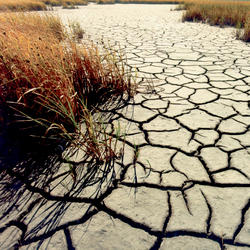Science
Historic low water levels at saline lakes and across the Great Basin are posing challenges for the birds and other wildlife that depend on these habitats. The Saline Lakes Team is developing a regional strategic science plan that will be used to guide data collection, scientific research, and assessment activities on the status of water, habitat, and birds in and across 20 saline lakes.




